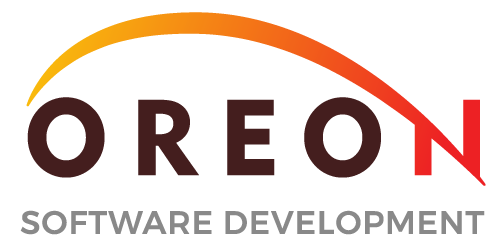Works with existing providers and modules.
cdktf-cli includes a CLI tool that lets you import modules and providers hosted currently in the Terraform Registry, allowing you to leverage any of the Terraform resource providers or standard modules.
Preserve your current Development/DevOps Flow.
With the cdktf-cli, the current Terraform flow remains the same, including the ability to plan changes before applying. In addition, cdktf-cli provides commands like `cdktf diff` and `cdktf deploy`, similar to AWS CDK users.
Familiar programming language to declarative state.
With cdktf, you write infrastructure code using standard programming languages(if it is currently supported). Still, it produces your desired infrastructure state as standard JSON, just like the regular terraform process. Terraform for CDK provides the flexibility and power of using a programming language without sacrificing the robust and declarative state approach.
Language support.
cdktf lets you define IaC using Java, Python, TypeScript, C#, Go, with support for more languages coming in the future.
Open-source. cdktf is an open-source project. If you require a new/existing feature for the CDK for Terraform, You can review existing GitHub issues and upvote. Additionally, you can request new features by opening a new git issue. In addition to opening issues, you can contribute to the project by opening a pull request.
The CDK for Terraform project is in Beta. cdktf is still in active development, and thus you should use it with care and at your discretion.

